For many, the tidy look of a green or flowering hedge is the quintessential feature of a modern residential lot. Hedges are a classic way to add privacy, balance and unity to a home landscape, while also offering an elegant natural screen to whatever is on the other side.
Although shrubs like boxwood are classic, palms and bamboo also make excellent hedges. Think outside the box and end up with something that suits your style, your garden ambition, and your budget.
ARBORICOLA SPP.
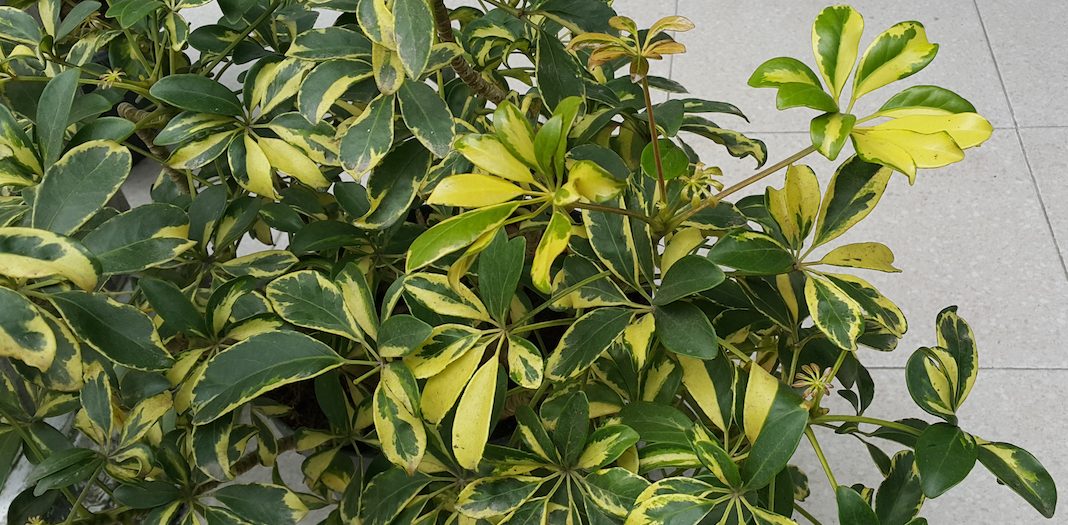
Arboricola is probably the most popular choice for a hedge on the Space Coast: easy to care for, it offers several color variations including a gold-capped, variegated, and classic deep green. There are dwarf versions that only grow to six feet, while the regular can get to 10. They can initially be planted close together to create a full look for those who are impatient.
CLUSIA SPP.
Nothing gives beachy vibes quite like the resilient clusia. Also known as the Autograph plant (yes, you really can write on the leaves like paper) it is virtually carefree. The dwarf clusia rises no higher than 2 feet, while the regular form reaches up to 20 feet.
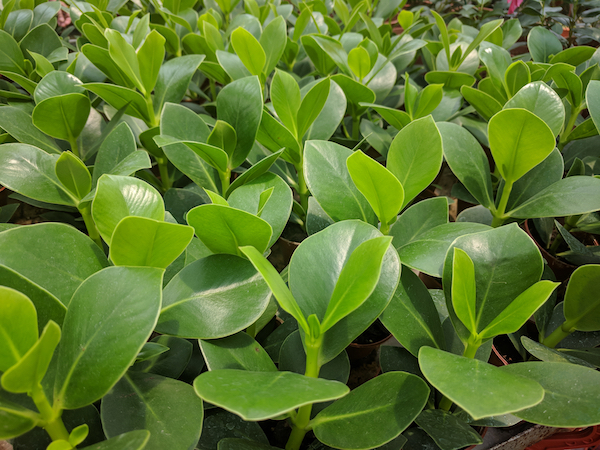
GREEN ISLAND FICUS
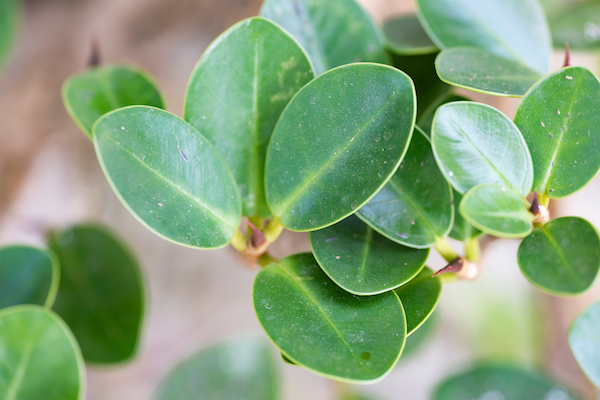
(FICUS MICROCARPA 'GREEN ISLAND')
Low growing (2 feet) and low maintenance, green island ficus is a great choice for lining small pathways or growing near the home. It also fills out well, making it a bonus ground cover!
INDIAN HAWTHORN (RHAPHIOLEPIS INDICA)
The perfect choice for adding a little color to a mostly green landscape. As the leaves age, they turn a reddish hue which creates a lovely contrast for the garden, where their small size is best suited. They also make great liners for driveways, paths and sidewalks.
PODOCARPUS SPP.
A landscaping classic, podocarpus easily creates the classic box hedge one might expect of a traditional English garden. It is a little on the slow side starting out (max height 5-10 feet) but fills space beautifully and the wispy needle-like foliage adds visual interest.
SILVER BUTTONWOOD
(CONOCARPUS ERECTUS)
A native to Southern Florida, silver buttonwood is a great choice for those who want a showier, less green leaf. The velvety silver color allows this hedge to stand out from the rest in the neighborhood, while offering robust coverage (5-10 feet) with modest care requirements.
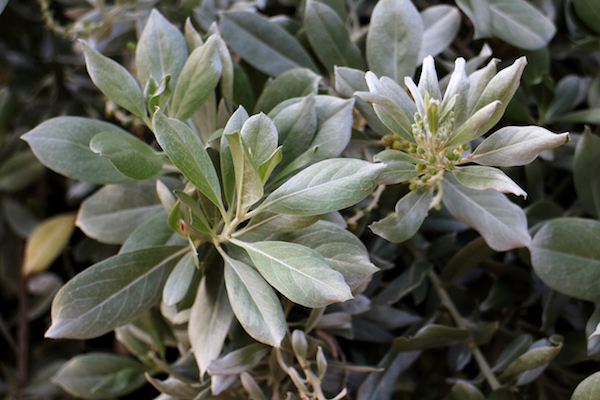
VIBURNUM SPP
Viburnum is the ideal choice for boxy hedges. For smaller sizes, try planting the Mrs. Schillers, for taller go with Walter’s. Sweet Viburnum has a lovely scent while Awabuki offers a unique leaf arrangement.
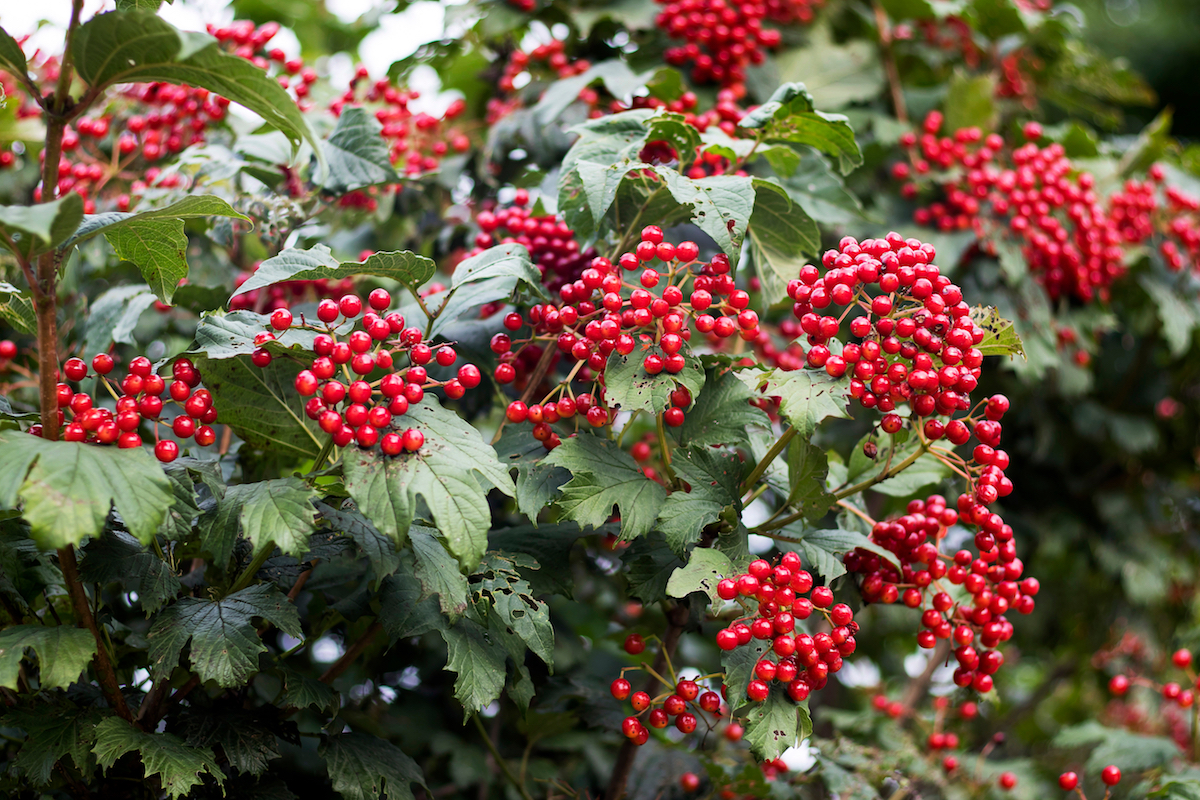
WAX MYRTLE (MYRICA CERIFERA)
Perfect and understated, this quick growing Florida native also serves as a natural windbreak, helps prevent soil erosion, and can withstand the force of hurricanes, making it ideal for beach communities. It also can grow to 20 feet, making it perfect to screen out the neighbors, a golf course, or construction.
STEPS TO PLANTING
Success
Taking time to carefully plant your shrubs is as important to ensuring their success. Be sure to follow the steps bellow to get your hedge off to a great start.
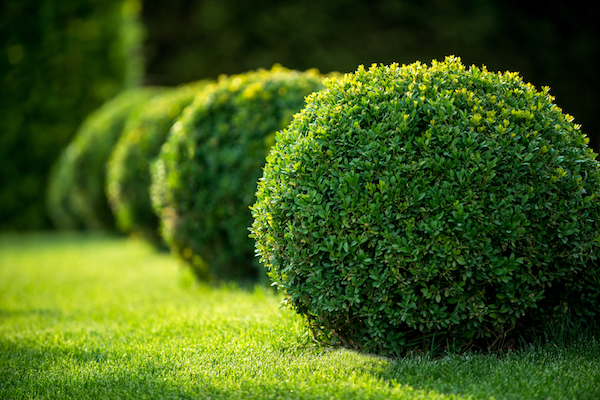
1. MEASURE YOUR PLANTING area and consider the maximum spread (between two-six feet for most) to determine the number of plants needed to fill the space.
2. REMOVE GRASS from three-four feet away from where the hedge is planted. This practice cuts down on potential damage from lawnmowers and weed eaters.
3. DIG A HOLE slightly wider than the shrub that it can sit comfortably in.
4. PLACE THE SHRUB in the soil taking care that the root ball level is level with the ground
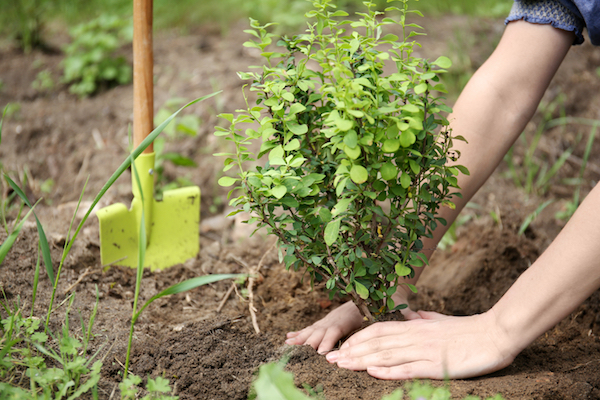
5. BACKFILL with a mix of your own dirt and an enriched soil and water.
6. USE THREE INCHES OF MULCH, if desired, around the planting site, but take cate not to put it too close to the base.
7. WATER! Create a watering schedule to ensure your new line of shrubs is getting the required dosing. As a rule, water every day for the first two weeks, taper off to every other day the next two, and so on until you rest at two times a week (when it hasn’t rained).
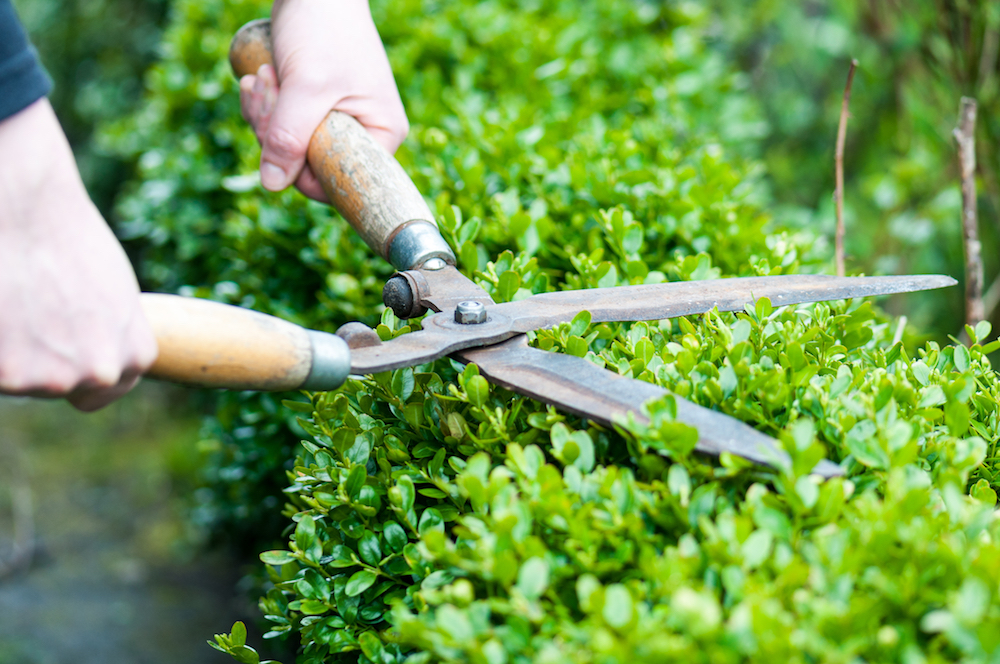

Amanda Rose Newton
Amanda Rose Newton is a Florida certified horticulture professional; board certified entomologist, beekeeper, and educator. She holds an Associates of Science in Horticulture Technology, A Bachelor of Science in Biochemistry, a Master’s of Science in Entomology with a specialization in Integrated Pest Management, and is currently pursuing a Doctorate at Florida Institute of Technology.




